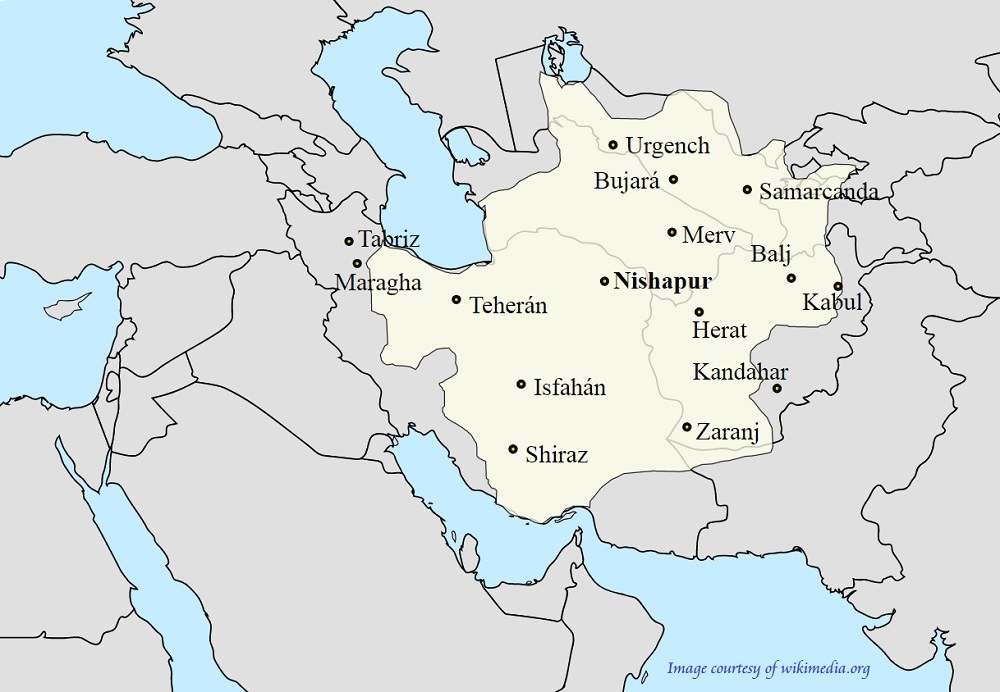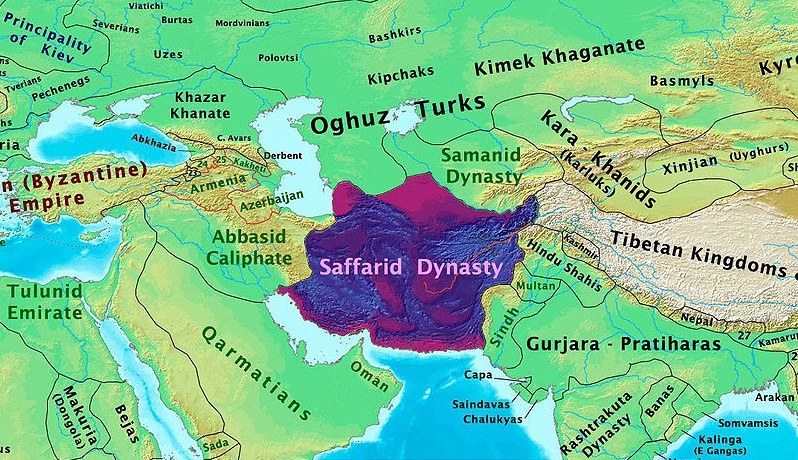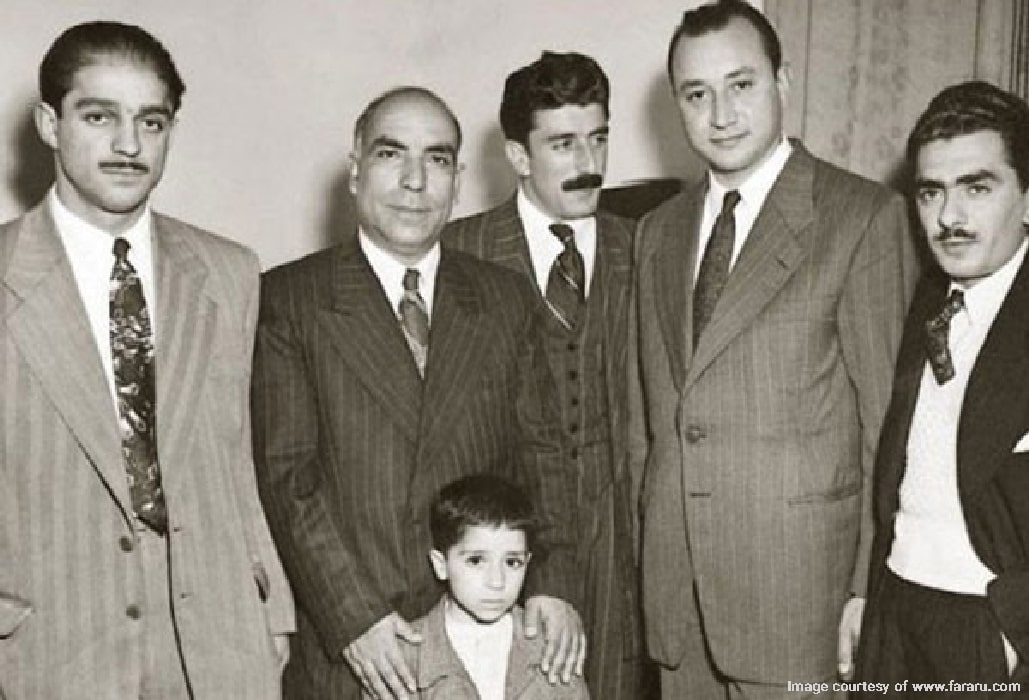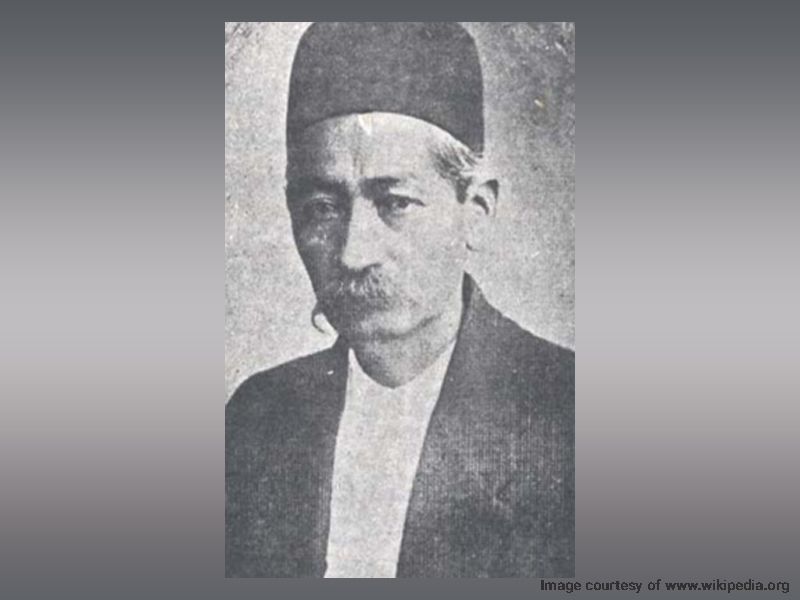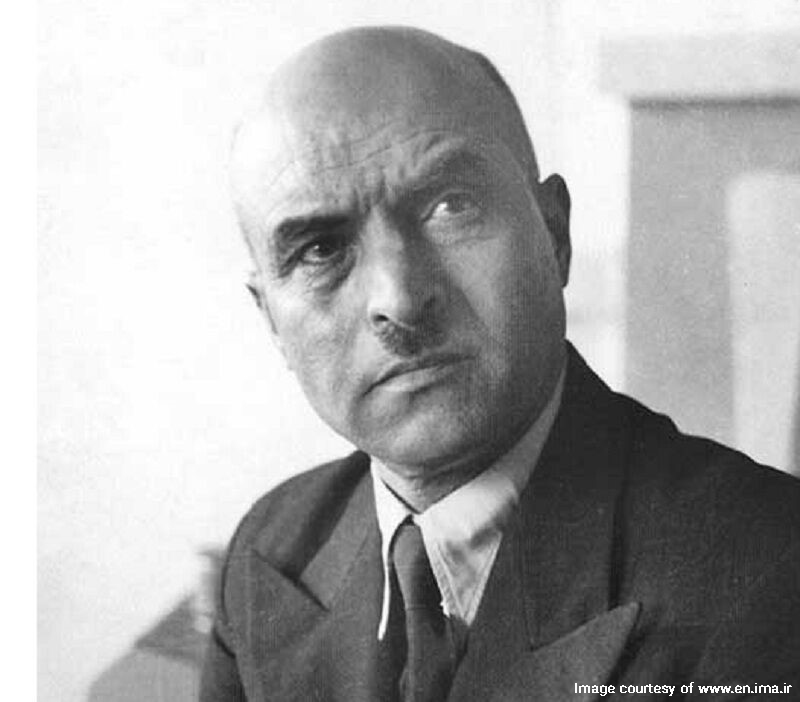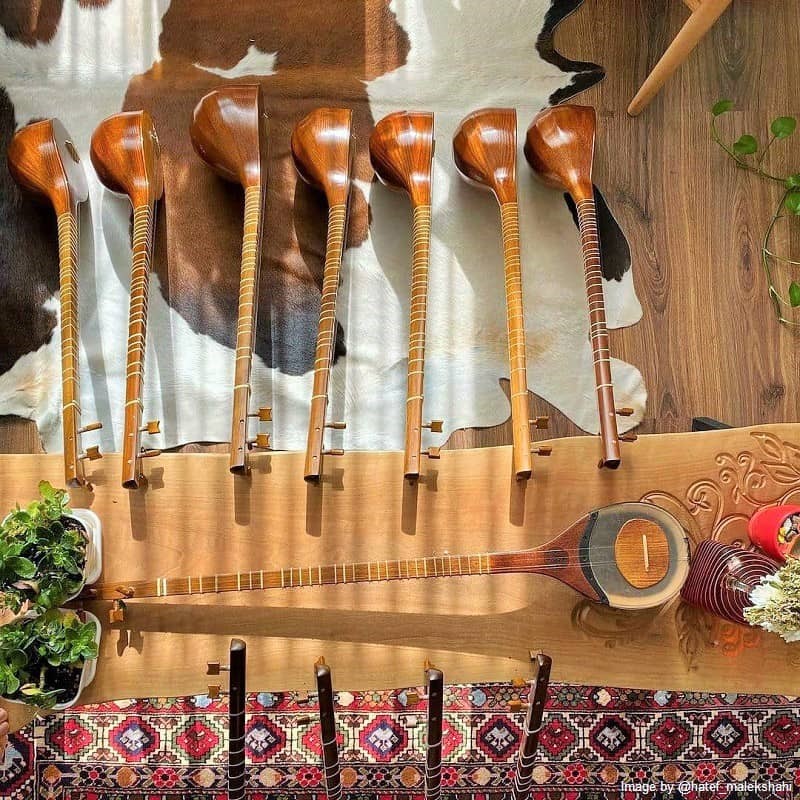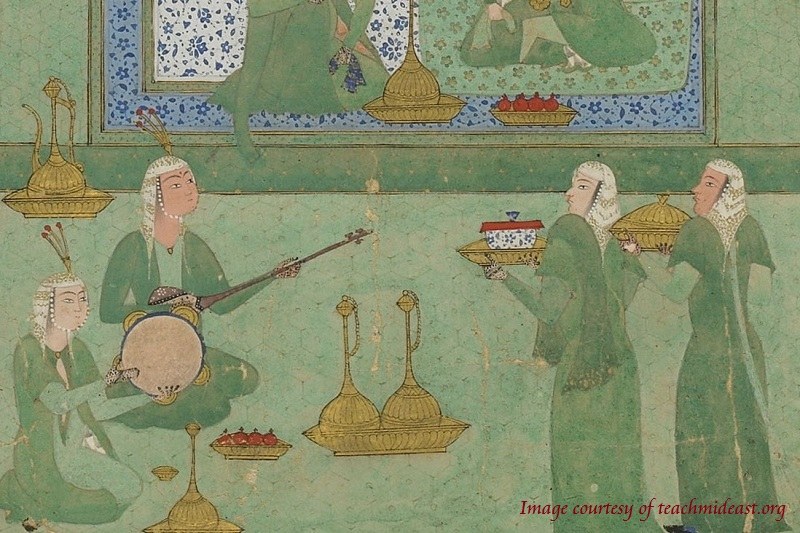
The radif of Iranian music refers to the arrangement of old melodic figures, songs and Iranian classical music which are called “gusheh” (short pieces of melody). In October 2009, the radif of Iranian Classical Music, a traditional repertory of Iranian traditional music was inscribed in UNESCO’s list as an intangible cultural heritage of Iran.
In recent decades, most Iranian instrument makers were often Iranian-Armenians, and many singers and musicians were Jewish. In the 1960s, some of them emigrated to different parts of the world. Thus, they have promoted the radif of Iranian Classical Music outside their own countries. As a result, Iranian “avaz” (a certain type of singing) and music gained the reputation all over the world.
Definition of Radif of Iranian Music
Radif is a collection of many traditional Iranian melodies which have been organized by a special order in the form of vocal dastgah (pattern). Radif of Iranian classical music also deals with the collection of gusheh pieces and their orders. The gusheh with the lowest introductory note is called “daramad” which is followed by other gusheh pieces.
We may be able to say that the radif of Iranian music is a method of teaching these gusheh pieces, avazs and patterns. In the past, Iranian musicians have gathered and organized these gusheh pieces as musical scales based on their own musical tastes. They are known as “maqams”.
Bruno Nettl analyzed the “radif” and indicated that “At first, it seems that the radif is a collection of gusheh pieces with the same significance, but it is not true. In fact, each gusheh has its own significant value. Some of them are long, and others may cause modulation which is the process of changing from one pattern to another.
From “Scale” to “Pattern” in Iranian Music
In the past, musicians taught music using “maqams,” in Iran. Despite this, when scales changed into patterns, they presented gusheh as a sub-branch of seven patterns. This process took place in the 14th and 15th centuries during the Timurid period.
According to Raphael Georg Kiesewetter, these changes were conducted in order to teach the elements of Iranian music one by one. In fact, this process has gradually continued from the Safavid to the Qajar periods. However, the “radif” was specifically used in the late Qajar period.
The Guardians of the Intangible Cultural Heritage
The art of music was initially taught individually, but when the radif was created, music students learned them, and then added theri own radifs into them and later handed them down to their own students. This guarded the radif of Iranian classical music. Of course, these gusheh pieces are taught in a traditional order and does not have a logical basis.
Nonetheless, Ali Akbar Farahani, a talented Iranian musician began to classify Iranian music due to his own special interest. The radifs of Mirza Hossein-Qoli and Mirza Abdollah are the oldest well-known radifs. These two famous radifs especially that of Mirza Abdollah played an important role in the education and survival of this intangible Iranian cultural heritage.
In 1911, Ali-Naqi Vaziri who was trained by his professors, Mirza Hossein-Qoli and Ali Akbar Shahnazi, transcribed the classical radif of Iranian music and prepared the “Theory of Iranian Music”.
In addition, there are some other well-known radifs that are used to teach children such as the radifs of Darvish Khan and Kambiz Roshanravan.
The Influence of Iranian Culture on the Radif of Iranian Music
Bruno Nettl believed that this intangible cultural heritage of Iran is a cultural commodity which accurately illustrates the cultural structure of Iran in the nineteenth and twentieth century. He believed that the following cultural issues had influenced the formation of the radif:
- Caste (social stratification) in society,
- Individualism or uniqueness,
- Ta’arofs uttered out of pure hearts and frankly at the beginning of the informal conversations or after an introduction in formal conditions.
The Sequence of Gusheh in Radif
The sequence of the gusheh as in the radif is ascending (from bass to soprano). For example, the sequences of radifs of Dastgah-e Chahargah (fourth-place) are as follows:
- Daramad is the first (on the basis);
- Zabol is the third;
- Hesar is the fifth;
- Mokalaf, is the sixth;
- Muyeh is the fourth;
- Maghlub is the eighth;
- Mansuri is the eighth;
- In the end, one or more gusheh called Forud (conclusion) restore vocal music to the first section.
For example, “Hesar” or “Muyeh” has its own notes outside the original structure of the pattern, which causes modulation that means the melodies can modulate to Chahargah by using Forud.
Traveling through the world of Iranian music and sailing on the waves of traditional melodies, provides you unforgettable and sweet moments.
The Position and Status of Traditional Music in Contemporary Iran
After the 1979 revolution, when the cultural changes happened and people’s taste in music changed, the high opportunity was provided for the growth of traditional music in Iran. Many bands and singers followed this section of Iranian culture professionally. People also showed a lot of interest in this style of music.
Nowadays, some Iranian music concerts are held in different styles in different parts of Iran. Each style has its own fans and many people would like to go to traditional Iranian concerts to enjoy the performances of their favorite musicians and singers. If you have the opportunity to go to one of these concerts, we highly recommend you to attend them.






